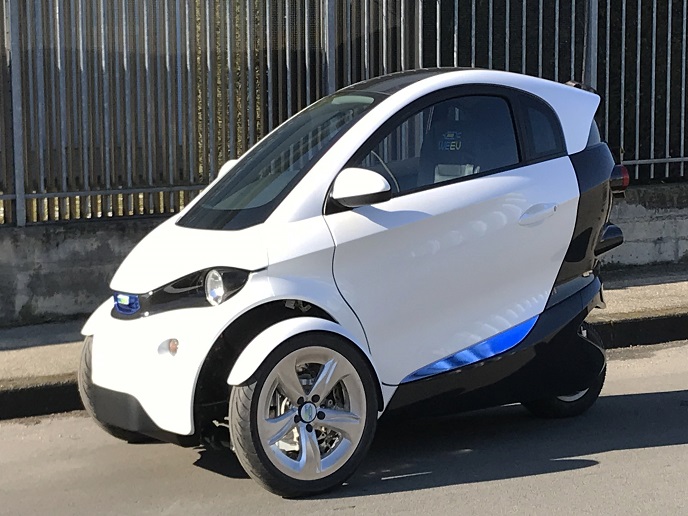The first affordable, ultralight yet powerful, electric snow bike
The use of snowmobiles in holiday resorts, and for those living in remote areas, solves accessibility problems. But as most are very powerful, they are designed for long-range rather than short trips. They can also be heavy and cumbersome, typically weighing over 250 kg. The snowmobiles don’t come cheap, usually costing over EUR 12 000, putting them beyond the budget of entry-level customers. The EU-supported MoonBikes(opens in new window) project developed the first electric, ultralight snow vehicle. Their bikes are three times lighter than conventional snowmobiles, easy to operate, green and completely silent. MoonBikes will retail at about the same price of a mountain e-bike, which is at least two to three times less expensive than a regular snowmobile To date, five prototypes have been assembled and tested through over 200 hours of field tests. EU funding enabled the team to assemble a final prototype which integrated their patented architecture and propulsion system.
Unparalleled small vehicle performance
MoonBikes started as a personal project, when its founder Nicolas Muron, a former aerospace engineer, designed a prototype suitable for winter. He needed an alternative to his mountain bike, and realised there was a market for an entry-level electric snow vehicle. The design objective was for the bike to be suitable for a wide user base. He wanted to appeal to a range of people, from those simply looking for a fun and affordable mobility solution, to users seeking an affordable, yet still powerful, snow vehicle. The engineering team assembled two snow bike prototypes to compare traditional propulsion to the MoonBikes proprietary propulsion. They found their system to be much more energy efficient, with greater torque. As it uses fewer mechanical parts, the risk of mechanical failure is minimised, with assembly also simplified. Customers can recharge their bikes with the MoonBikes charger, using any electricity outlet. The trials resulted in the patent of a groundbreaking bike architecture in which parts are organised around a foldable frame, and propulsion system. “We didn’t try to just make a small snowmobile, but rather, to conceive a new bike from scratch. While more complex and risky, this makes MoonBikes unique. We are most proud of our propulsion system that provides our machine with unparalleled performance for such a small vehicle,” says Muron, project coordinator. Indeed, overcoming the technical challenge of maximising performance resulted in a 40 % power increase, and in a 30 % increase in autonomy (available run time before the battery is drained) compared to traditional propulsion used in the comparison prototype.
Simpler, greener and more affordable
Based on what was learned from the prototypes, the team have assembled five identical pre-series bikes. These are currently being tested at various ski resorts in Saint-Gervais Mont-Blanc, Avoriaz, Flaine, Combloux and Courchevel. The team is setting out to detect any final issues that need to be addressed, prior to production and market launch. Two final versions of the bike are already available for pre-order: the Stardust(opens in new window) and Ranger(opens in new window). These will offer resort visitors an alternative to the slopes, and staff another practical fleet option. The vehicles will also give people living in snow-covered areas a simpler, more affordable and greener mobility solution. “As a simple and fun solution, in tune with nature, MoonBikes democratises snow mobility,” says Muron. The team hope to set up their first production facility in the French Alps, where several ski resorts have already expressed strong interest, within the next couple of years.







